UCLA team proposes non-photosynthetic biological conversion of CO2
Green Car Congress
SEPTEMBER 7, 2020
Most of us naturally associate biological CO 2 conversion with photosynthesis in plants and algae. While engineering photosynthetic hosts to convert CO 2 into high-value products is sensible, dependence on sunlight limits its tractability and scalability. Their paper is published in the journal Joule. Acetogenic microbes (e.g.,

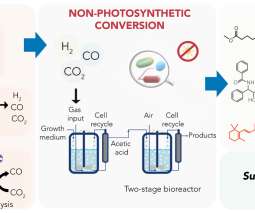

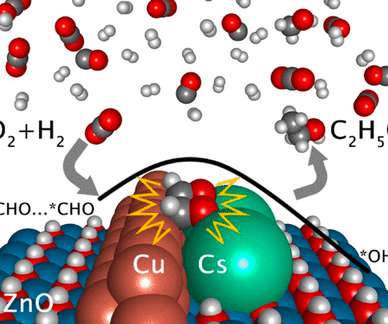

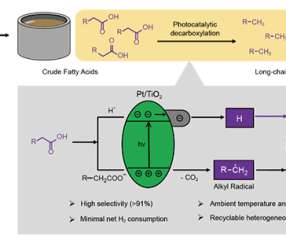

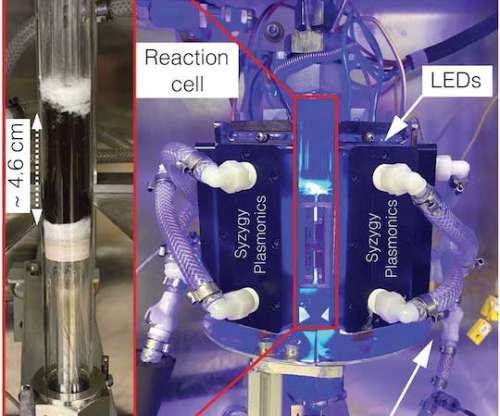
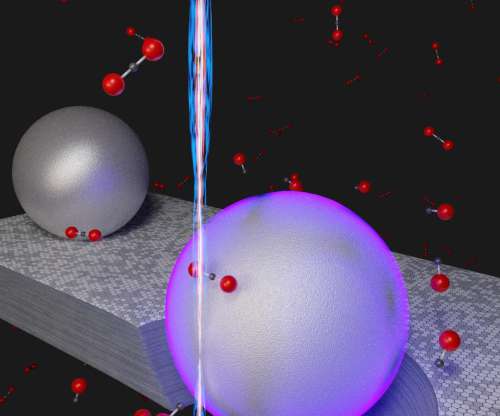

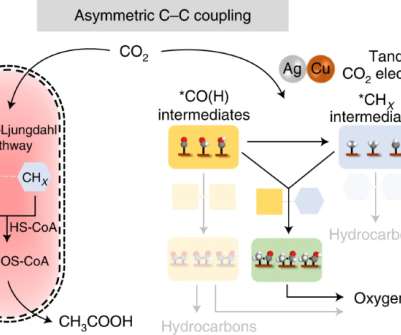




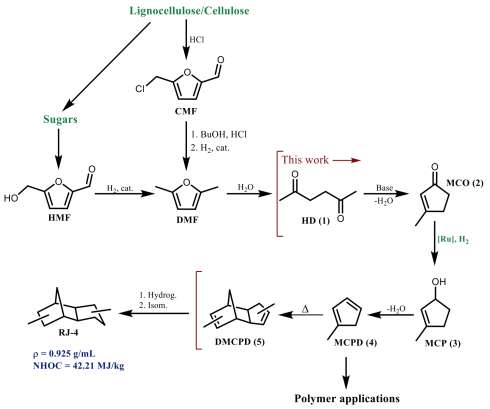









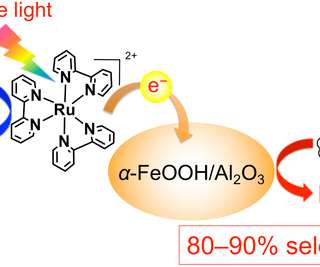




















Let's personalize your content